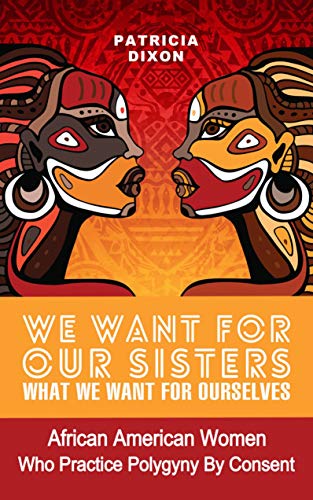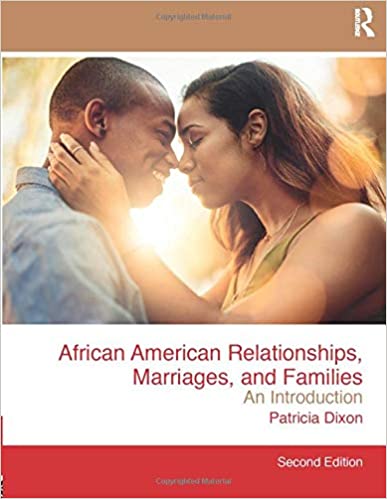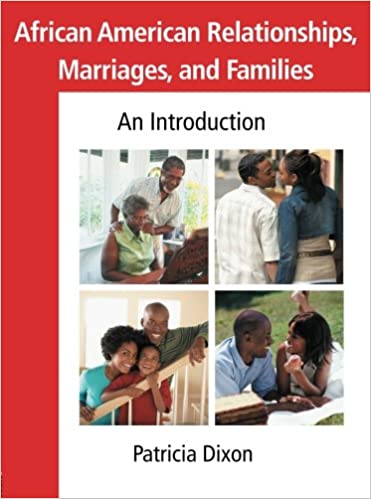The Rise of Gray Divorce: Why and Why Not? – Kiplinger's Personal Finance
 Click Here for the Post https://www.kiplinger.com/article/retirement/T065-C032-S014-the-rise-of-gray-divorce-why-and-why-not.html
Click Here for the Post https://www.kiplinger.com/article/retirement/T065-C032-S014-the-rise-of-gray-divorce-why-and-why-not.html
Al and Tipper Gore could be the poster children for one reason why divorce for those 50 and up is on the rise. There are many other factors at play, and several financial considerations to keep in mind, too.
Till death do us part? Not so much. In the past 25 years, the divorce rate for Americans over the age of 50 has more than doubled.
While divorce rates for other age groups have leveled off or even fallen, one out of every four people going through a divorce in the United States is 50 or older, according to research by sociologists Susan L. Brown and I-Fen Lin. Compare that to 1990, when fewer than 1 in 10 people who got divorced was over 50. The research went on to note that it wasn’t just remarried older people who were getting divorced — more than half of all gray divorces are with couples who have been married for over 20 years.
SEE ALSO: Don’t Let a ‘Gray Divorce’ Keep You From Your Retirement Dreams
“He slurps his soup; she nags him about not putting the dishes in the sink; he doesn’t understand me …” I get that. I thought after 20 years, the “soup slurping” and “dirty dishes on the table” just get to be part of the daily married-life ballet. You have history, kids, family, illness and frankly have lived through a lot of drama that life throws your way.
The Tipper and Al Gore Syndrome
Their story is much the same as many long-term marriages. After having four kids and 40 years of marriage, they simply had grown apart and wanted to go it alone. Tipper asserts that it was not that he was dull and boring or cheating on her. But, they are a classic example of a gray divorce.
Advertisement
Are people expecting more of a sense of happiness and fulfillment today, than they were before? It’s possible. And it seems that couples are just not willing to put up with an “Irish Divorce” anymore. The Urban Dictionary describes this term with related words like; “the not-divorce marriage, abandoned, deserted, dumped, loveless marriage.”
You may have grown up seeing your parents or your friends’ parents going through the motions of marriage, and not engaged in a loving partnership. Have you ever been at a restaurant and seen couples eating and not interacting at all? Many of us just thought that was the way advanced married couples acted, that was the way it was supposed to be.
Why Is This Happening?
Several factors are converging. The stigma of divorce is disappearing. Even Pope Francis and the Catholic Church are re-examining their posture toward the church’s stance on divorce. People are also living longer, and so the prospects of remaining in an empty relationship don’t bode well for many people today. They are allowed to act to change their future. Another reason for the increase in gray divorce appears to be the economic gains women are making, according to an NPR report quoting Brown. “Many no longer have to choose between a bad marriage and poverty.”
The advent of easy online dating may also have given older people hope for a better relationship. The prospect of living with someone you no longer love and respect appears to not be a sacrifice worth taking for many. Online dating is accepted and is the norm for all age groups. Seniors are also meeting via activities and travel.
Advertisement
OK, you have decided to call it quits in your twilight years, what do you have to know about the money side of your relationship and life on your own?
See Also: Divorce Is About to Get More Expensive
Financial Considerations
- Alimony is almost always granted after long-term marriages. When you divorce in your younger years, usually “rehabilitative” alimony is granted, which will supply support while the spouse gets back on their feet. However, if it’s a long-term marriage, in most cases alimony is given for life. If it is a second marriage that is short term, alimony may fall in between the above circumstances.
- Retirement money is usually cut in half. It doesn’t matter if this is a no-fault or at-fault divorce. Pension plans may be used to offset alimony, but make sure that you both are being advised on the tax implications.
- The family house will become an asset that has to be valued and split. Make sure that if you opt to keep the house that you don’t become house-poor. The house needs to be maintained, taxes and utilities paid and those costs may greatly eat into any monetary settlements.
- Remarriages are more likely to end in divorce, so think about a pre-nup for your next marriage. In it you can deal with a lot of these monetary issues before emotions are running at a fevered pitch. There may be adult children on both sides to consider, other assets, and lots of other issues to think about. Seek professional advice from your lawyers, accountants and financial advisers. Your wills need to be adjusted to reflect your new circumstances, as well.
Gray divorce might not be a tragedy. You may be empowered to design and obtain a more fulfilling life than you may now have. How wonderful not to feel that your present marriage is a life-sentence. But also, I caution you: Maybe it’s better to work on your present relationship and not assume that your spouse will be inflexible. The grass looks greener on the other side of the fence, but sometimes, it’s not.
See Also: QDRO: Critical Letters in a Divorce Case
Comments are suppressed in compliance with industry guidelines. Click here to learn more and read more articles from the author.
This article was written by and presents the views of our contributing adviser, not the Kiplinger editorial staff. You can check adviser records with the SEC or with FINRA.













